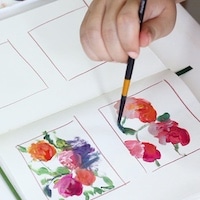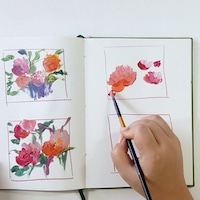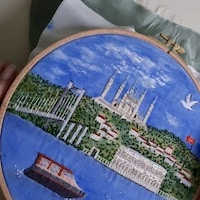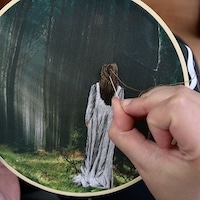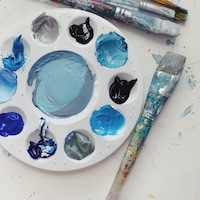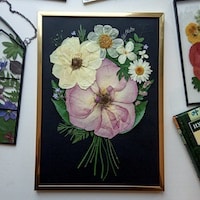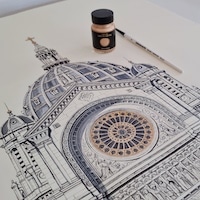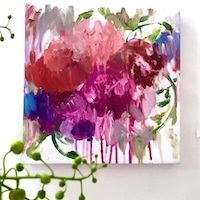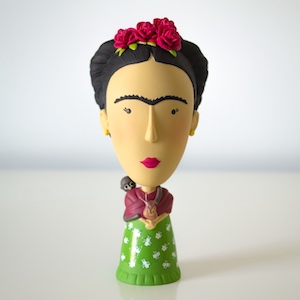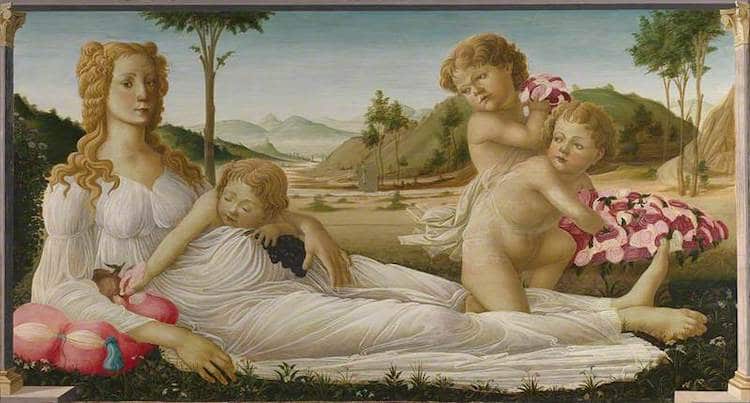
“An Allegory” by Sandro Botticelli, 1488 – 1552. (Photo: Wikimedia Commons [Public Domain])
In painting, artists have used allegories to convey complex ideas—such as love, life, death, virtue, and justice—through visual symbols and metaphors. An allegory is like a hidden meaning, waiting to be discovered by the viewer. An allegorical painting might include figures that personify different emotions, such as envy or love. Religious symbols are often portrayed as a dove, a flower, or a ray of light.
In figurative art, allegorical subjects were frequently painted from the Renaissance until the mid-1800s. Many remain elusive today; allegorical figures depend on the viewer being able to identify them, but not everyone can decipher their meaning. And because they can be subjective, their meanings often evoke endless interpretations.
Read on for fascinating allegory examples in famous paintings.
These famous examples of allegories in art show that there's more to these paintings than meets the eye.
Primavera by Sandro Botticelli
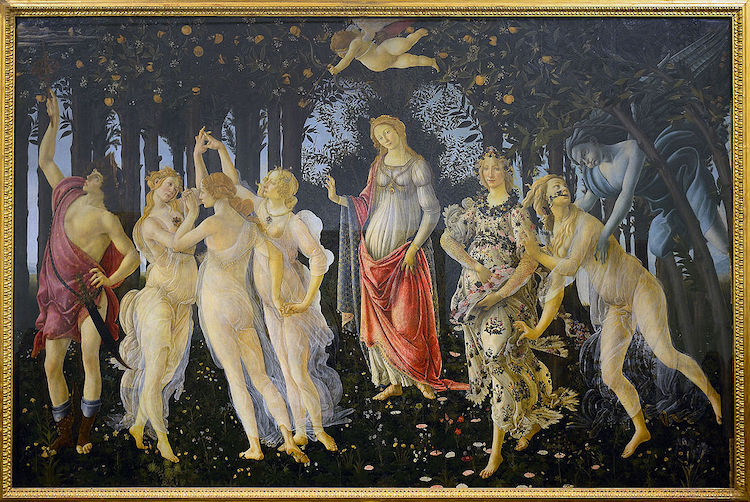
“Primavera” by Sandro Botticelli, 1482. (Photo: Wikimedia Commons [CC BY 4.0])
In the middle of the composition, Venus (a symbol of love), stands dressed in typical 15th-century Florence attire. Above Venus, her son Cupid aims his bow and arrow towards the Three Graces (representing pleasure, chastity, and beauty).
To the left of the Three Graces, Mercury—the Roman god of May—uses his staff to nudge away a cluster of clouds. On the right-hand side of the painting, Zephyr, the Greek god of the west wind, grabs Chloris, a nymph associated with flowers. In mythology, she transforms into Flora, the goddess of spring, who is depicted to the left of the pair as the woman in a floral-patterned dress. For this reason, some scholars believe that Primavera represents ever-lasting spring.
Leda and the Swan by Jean-Léon Gérôme
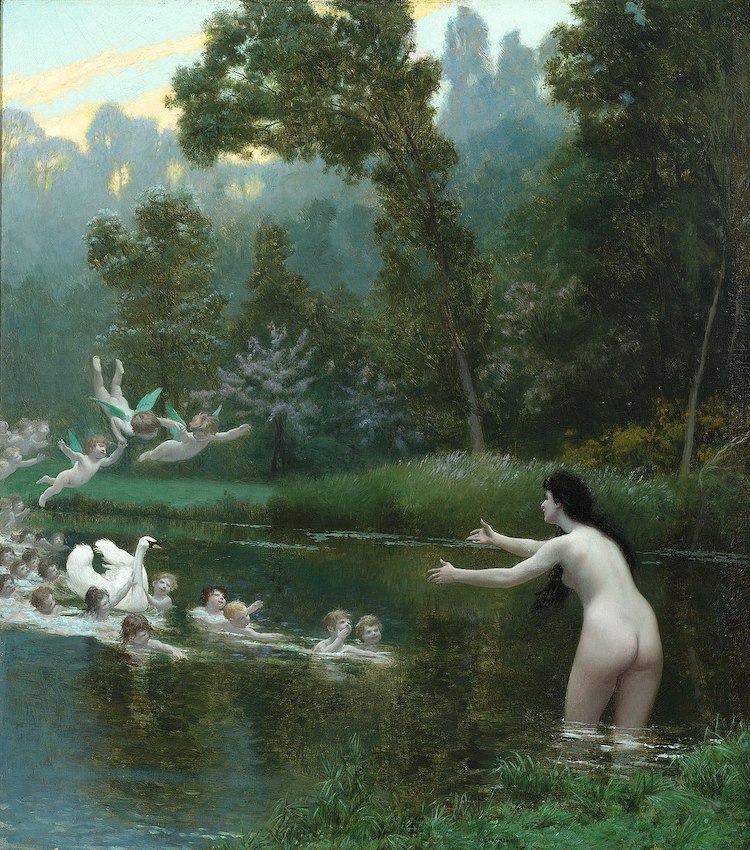
“Leda and the Swan” by Jean-Léon Gérôme, 1895. (Photo: Wikimedia Commons [Public Domain])
The Alchemist by Pieter Brueghel the Younger
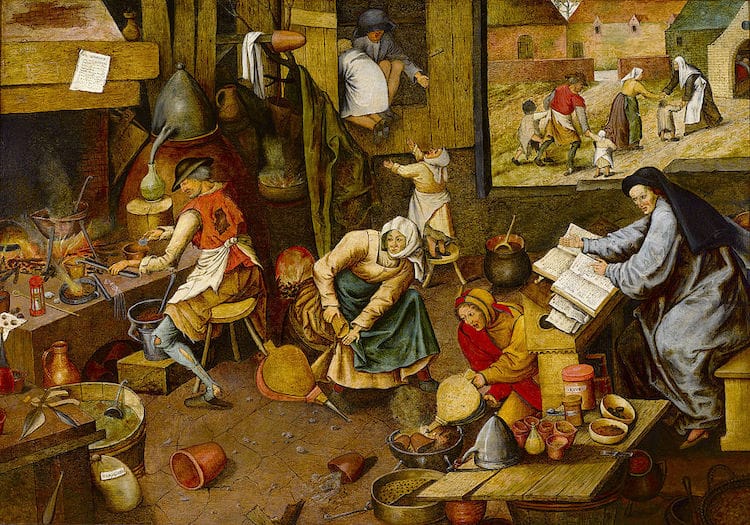
“The Alchemist” by Pieter Brueghel the Younger, 1558. (Photo: Wikimedia Commons [CC BY 4.0])
In the upper right-hand corner of the painting, the alchemist’s family are depicted begging for coins. This reveals the ultimate consequence of their foolish attempts at making gold without earning it. By the time this scene was painted in the 17th century, the practice of alchemy (to transform one metal into another) had been completely discredited. This work would have been a clear message to viewers at the time to beware of the temptation of cheating and greed.
Venus, Cupid and Envy by Angelo Bronzino
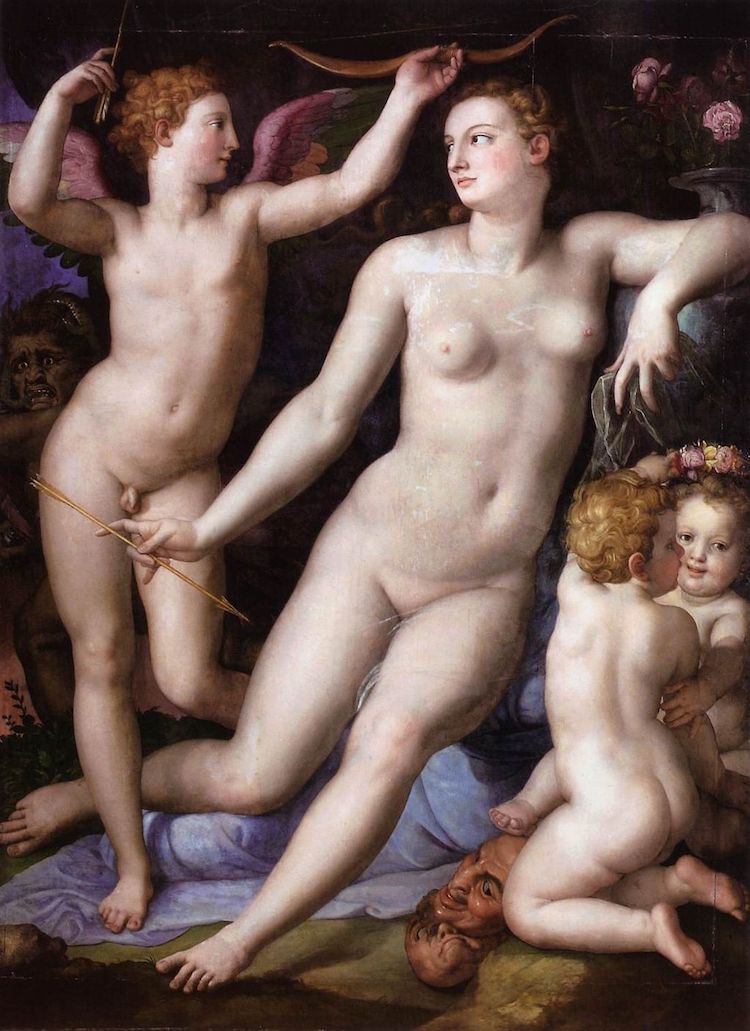
“Venus, Cupid and Envy” by Angelo Bronzino, 1548 – 1550. (Photo: Wikimedia Commons [Public Domain])
Envy is represented as a horned creature or demon situated behind cupid. On closer inspection, a snake appears to coil from the creature's mouth, also representing jealousy.
The pink roses in the top right of the scene represent beauty, passion, and love.
The Education of Achilles by Auguste-Clément Chrétien
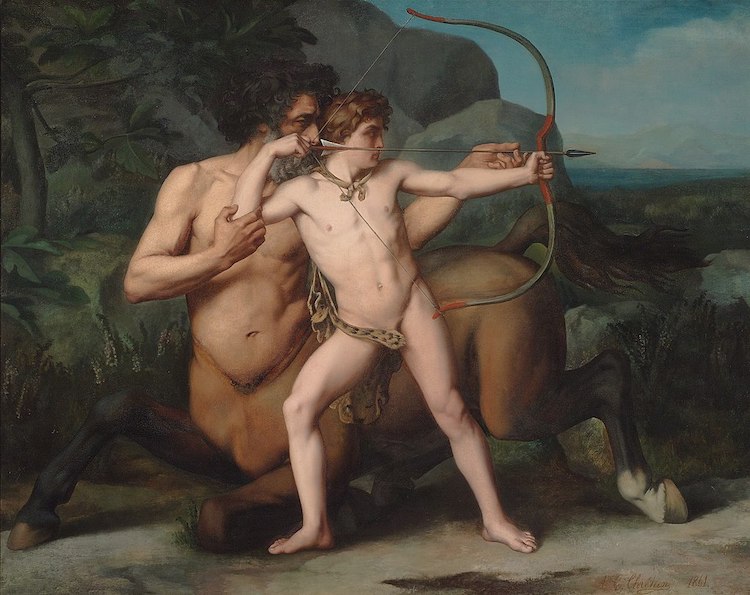
“The Education of Achilles” by Auguste-Clément Chrétien, 1861. (Photo: Wikimedia Commons [Public Domain])
Related Articles:
The Significance of Manet’s Large-Scale Masterpiece ‘The Luncheon on The Grass’
5 Powerful Paintings by the Under-Appreciated Female Artist Artemisia Gentileschi
The Significance of Botticelli’s Renaissance Masterpiece ‘Primavera’
Mannerism: The Style That Put an Elaborate Twist on Renaissance Art







